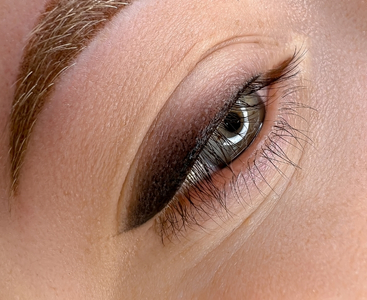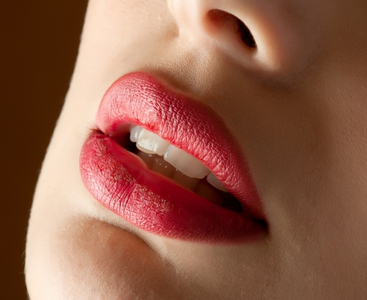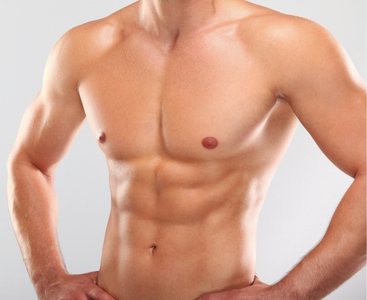LEG AESTHETICS
Leg Aesthetics
Leg aesthetics covers the interventions applied to the legs with structural deformities. It is very important that the leg shape is correct in order to provide an aesthetic appearance. Legs that are thicker or thinner than they should be, an asymmetrical, crooked appearance can negatively affect the leg image. To eliminate such problems, leg aesthetics is applied.
Problems related to the shape of the legs can cause undesirable situations such as self-confidence problems in individuals. Due to such problems that negatively affect social life, patients may not be able to wear the clothes they want or avoid socializing. Such problems, which can cause the development of even psychological disorders such as depression and social phobia, can be eliminated in a short time with advanced aesthetic applications today. It is possible to achieve the desired aesthetic appearance of the legs by applying to a plastic surgeon who is expert in the field.
What is Leg Aesthetics?
Like many parts of the body, when the legs do not have a proportional and smooth appearance, it may not be possible to achieve an aesthetic appearance. Legs can be very thin or very thick depending on their body structure. At the same time, deformities can be seen in the knees or wrists. Asymmetrical legs that turn inwards or outward like braces; It can cause an incongruous and misshapen appearance. Leg aesthetics is applied to eliminate these situations and to achieve smooth legs.
Legs that are too thick according to body structure can be thinned or thin legs can be thickened with various applications. However, deformities defined as crooked legs can be corrected with surgical interventions.
The main aesthetic problems in the legs:
- Having very thick legs relative to the rest of the body
- Having very thin legs relative to the rest of the body
- Asymmetry caused by the difference in the thickness of the two legs
- A condition where the knees are too close together, also called the X-leg
- It can be listed as the situation where the knees, also known as that leg or brace leg, are too far from each other.
How is Leg Aesthetics Performed?
Leg aesthetics is a process planned specifically for the patient. Aesthetic problems seen in patients may be different from each other. Therefore, the treatment process also varies depending on the patient’s condition. The procedures to be applied to patients with “O”-shaped legs and “X”-shaped patients are different from each other. At the same time, the techniques to be applied to eliminate asymmetries or to thin and thicken the legs also differ. Therefore, leg aesthetics may involve a different process for each patient.
How to Treat Crooked Legs?
Çarpık bacak olarak adlandırılan durum, bacaklarda bulunan kemiklerin eğri olmasına bağlı olarak gelişebilir. Aynı zamanda bacaklardaki yağ dağılımının orantısız olması da bu soruna yol açabilmektedir. Hangi faktöre bağlı olarak gelişirse gelişsin çarpık bacak tedavisinde hastalara yağ transferi yapılarak eğriliğin giderilmesi amaçlanır. Fazla yağ dokusunun olduğu bölgelere liposuction uygulanarak bu dokular alınır. Yağ dokusunun az olduğu ve bu nedenle basık görülen alanlara ise yağ enjektesi gerçekleştirilerek dolgun bir görünüm verilir. Bu sayede bacağın orantılı ve düzgün bir görüntüye kavuşturulması mümkün olur.
Fillers containing hyaluronic acid are used in patients who do not have the fat tissue required for the fat transfer process. By injecting this filler, it is possible for the desired areas to display a more protruding image. Fillers and fat injections may lose their effect after a certain period of time. In such cases, it may be necessary to repeat the process.
How Is Leg Thinning Performed?
Excess fat tissue in the legs may not be removed by diet and sports. It is possible to apply liposuction to areas with such resistant adipose tissues. With liposuction, which can be applied to both the upper leg and the lower leg, the excess fat tissue is removed.
Before liposuction, patients are examined in order to determine what kind of procedure will be done in the areas where there is excess fat. During this examination, the areas of the leg to be treated are marked. During the surgery, the excess fat tissue in the legs is liquefied by using various methods. In this way, it becomes possible to remove it from the body. These liquefied fats are absorbed by vacuum pipes called cannulas.
How is Leg Thickening Made?
Legs that are thin in a way that is incompatible with the rest of the body can be thickened with aesthetic applications. In addition to temporary applications such as filling and fat injection, a permanent thickening can be achieved by surgically placing implants, also called prostheses, on the leg. Leg aesthetics is completed by choosing the most suitable one for the patient from these different methods.
Leg thickening with fat transfer / injection is performed by injecting adipose tissue taken from another part of the patient’s body into the leg. In patients who do not have sufficient amount of adipose tissue, fillers with contents compatible with the body can also be used.
It is possible to benefit from implants for patients who want a permanent thickening. Among these implants, a prosthesis in the size suitable for the body structure and wishes of the patient is selected. With surgical techniques, it is placed on the leg in the operating room environment. In this way, it is possible to permanently thicken the legs. Due to the surgical placement of prostheses, patients need to rest for an average of 7-10 days.










